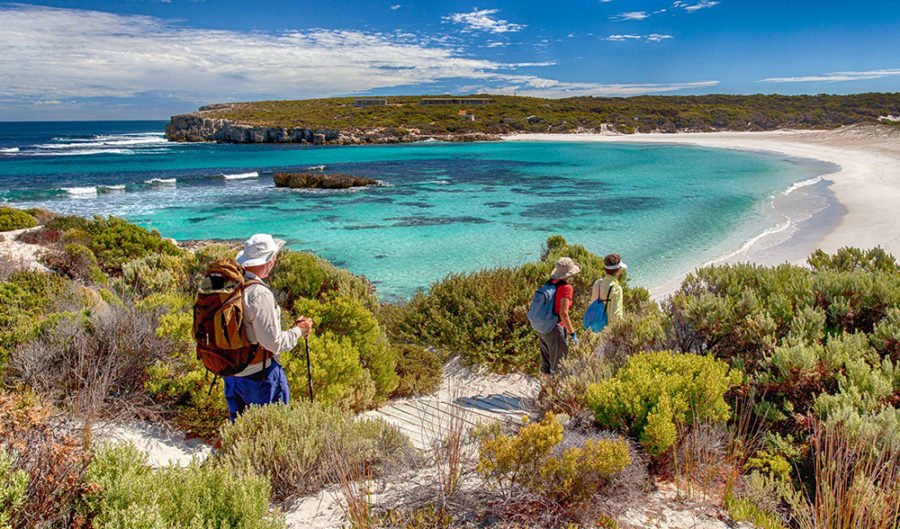
Kangaroo Island Wilderness Trail
Australia boasts many fine long-haul walks, but few are livelier than this five-day, 66km coastal track.

Australia boasts many fine long-haul walks, but few are livelier than this five-day, 66km coastal track.
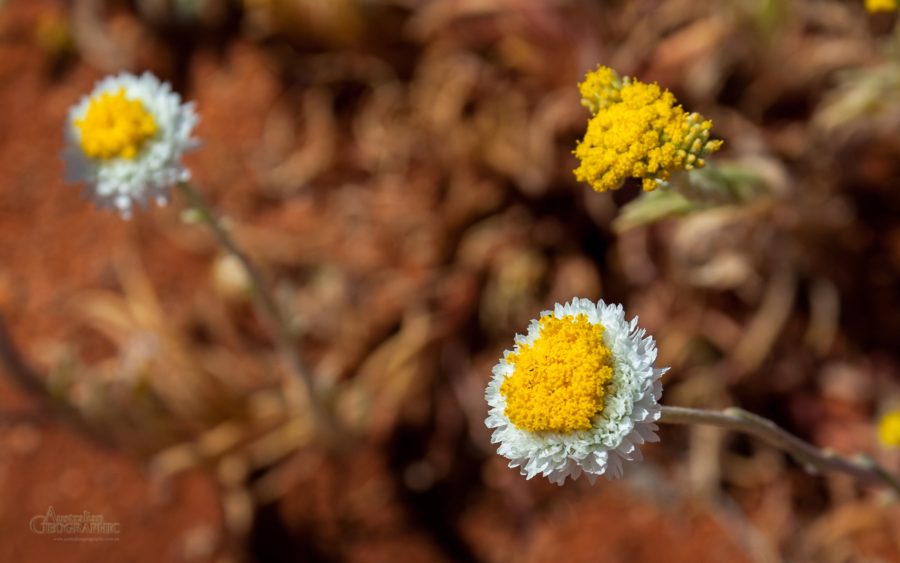
Yellow wildflowers in Anangu Pitjantjatjara Yankunytjatjara, or Aboriginal APY lands, in remote South Australia.
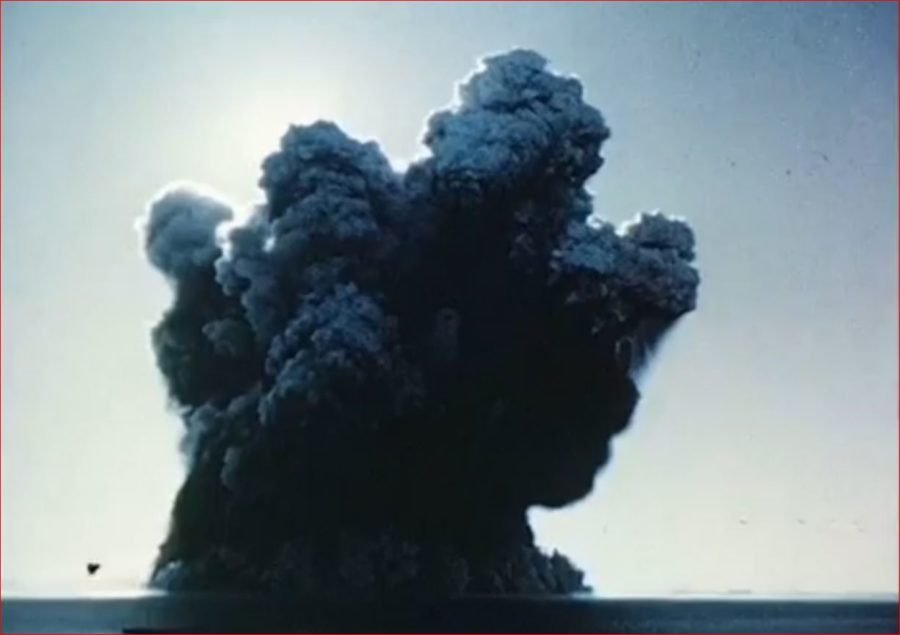
Dramatic documentary footage captures Operation Hurricane, the British’s first atomic bomb test conducted in the Montbello Islands off Western Australia.

Maralinga, South Australia, was blasted and battered by nuclear tests in the 1950s and ’60s. Officially known as Section 400, this 3300sq.km site was chosen as a permanent base to develop and explode atomic bombs. In 2009, the land was given back to its traditional owners, who have opened the gates to paying visitors. Explore Maralinga through Thomas Wielecki’s photography, and read more about this odd tourist attraction in Bruce Newton’s feature in #AG133.
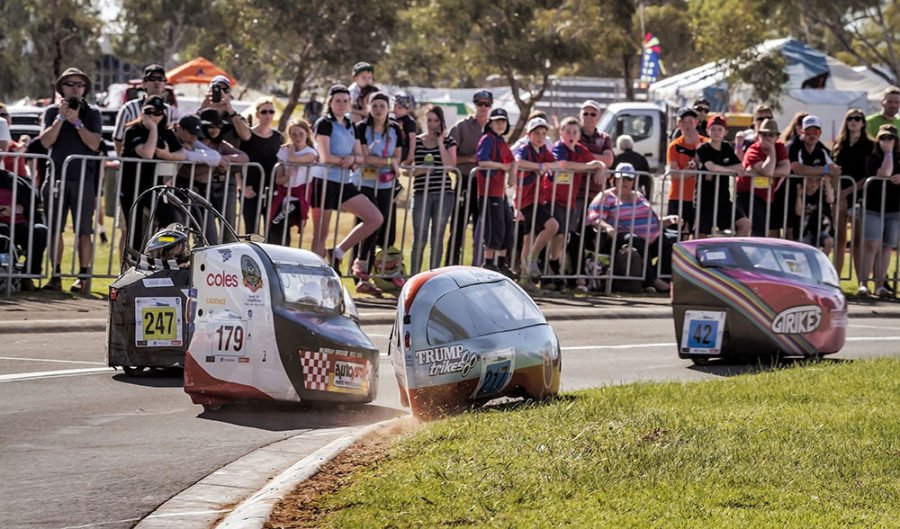
The annual 24-hour Australian International Pedal Prix is the oldest, longest, largest and fastest human powered vehicle (HPV) race in the world. At Murray Bridge, riders who have gone head-to-head in the shorter races during the UniSA Australian HPV Super Series gather for one last, gruelling battle. The 2015 competition attracted a staggering 225 teams – each with 8–20 riders – from almost every corner of Australia. Read more about the Pedal Prix in #AG133.
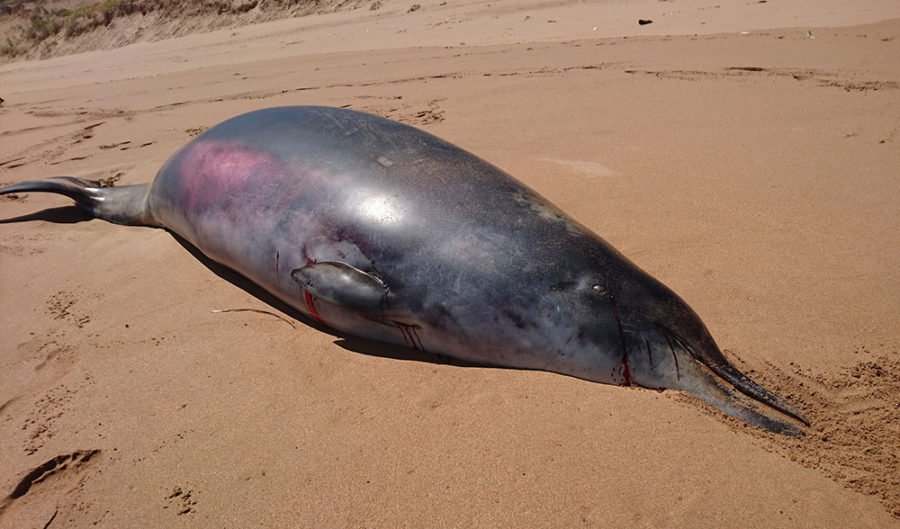
Scientists are excited after a rare whale was found with an extra set of teeth, but we don’t know enough about the elusive species to call it an evolutionary throwback yet.
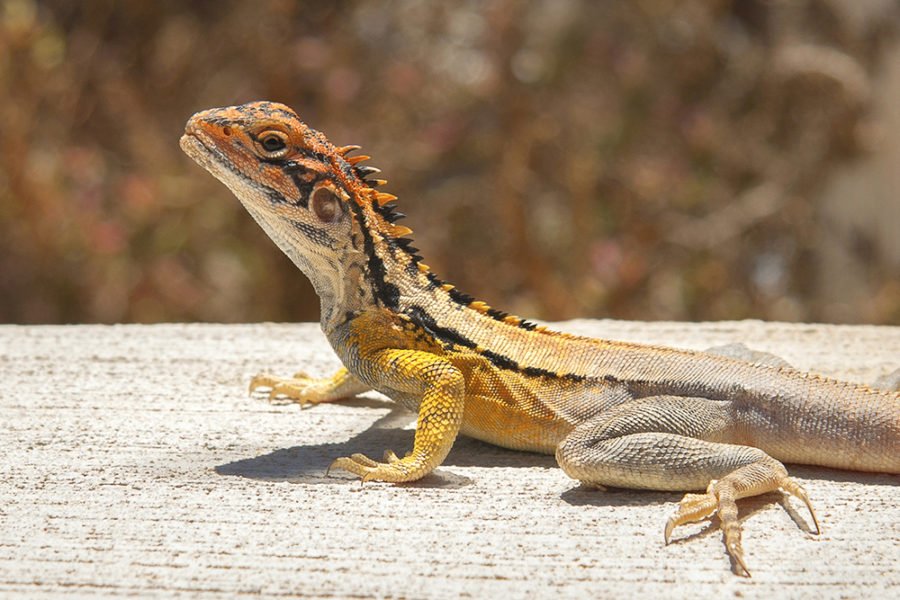
A crested bicycle dragon stops running just long enough to have its portrait taken.
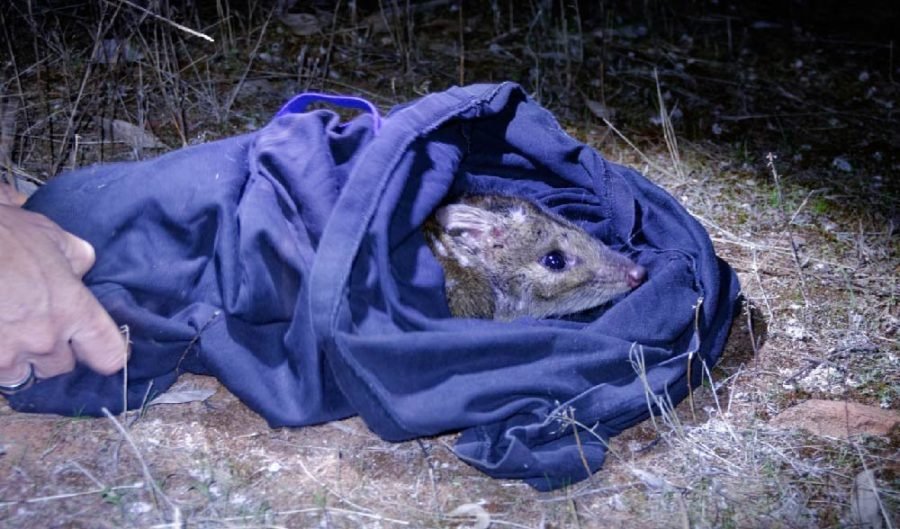
The final batch of 15 western quolls has been released in South Australia’s Flinders Ranges National Park after an absence of more than a century.
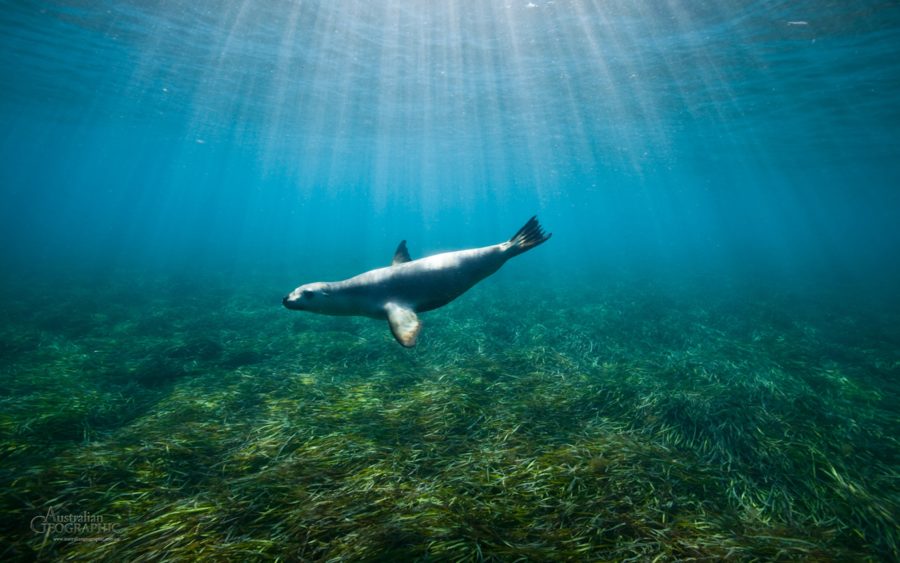
Swimming with wild sea lions at Seal Cove on Hopkins Island, South Australia, just a short boat ride from Point Lincoln. The Hopkins colony has become to human visitors on guided tours.
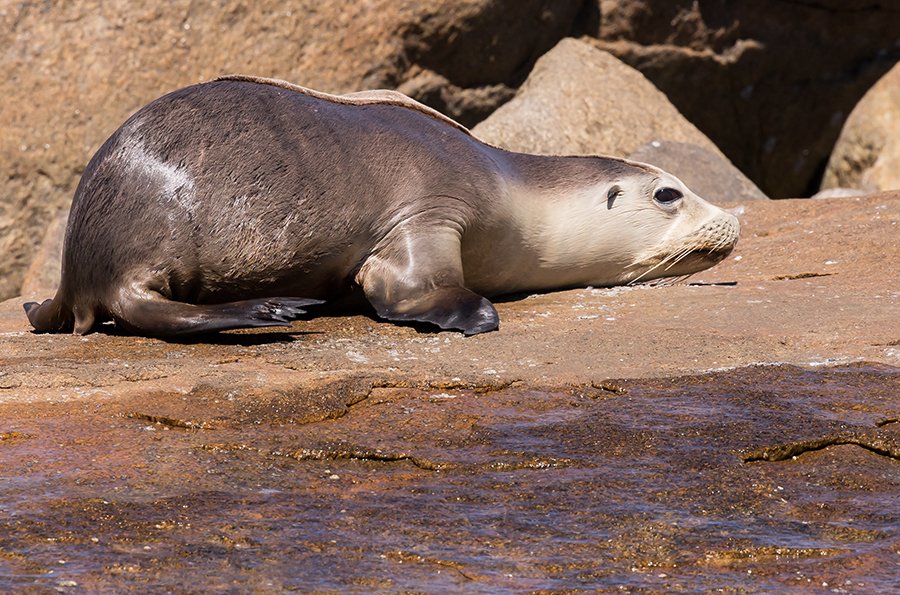
Australian sea lions (Neophoca cinerea) are the world’s rarest seal species, only found on the shores of our lucky country – about 30% of the population in Western Australia and 70% in South Australia.